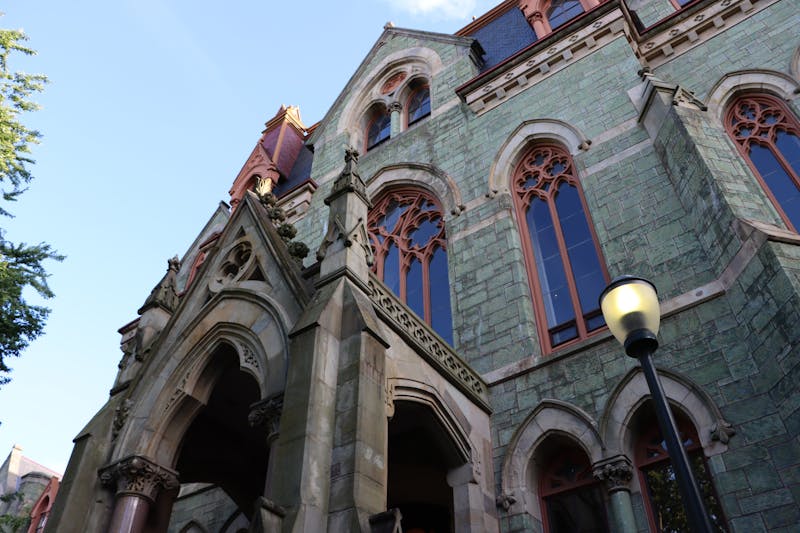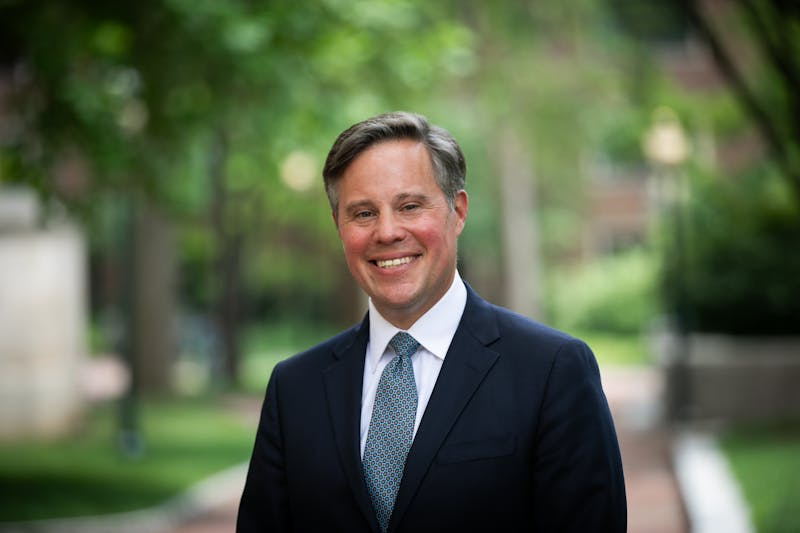While the majority of Philadelphia homicides are black-on-black, a mere increase in policing might not be the best solution.
Although the city does not officially release homicide statistics based on ethnicity or gender, History professor Eric Schneider said about 70 percent of Philadelphia’s murder victims between 1988 and 2011 were African American, and slightly more than half are between the ages of 18 and 40, according to data provided by the Philadelphia Police Department. In addition, about 95 percent of all homicides are intraracial.
But the fact that Philadelphia homicides are concentrated in neighborhoods with young black men can actually be a disadvantage when trying to solve homicide cases, Schneider said.
“Police are aware that homicide concentrates in African American communities, which led the New York and Philadelphia areas to instigate aggressive stops of young men with the idea that this will discourage people from carrying weapons,” he said.
“In practice, police stopping African Americans with great frequency has a counterproductive effect — it reinforces this notion that the police aren’t there to help you but are just another obstacle. It’s very difficult to invent a type of policing that can make a dent in the homicide rate.”
This mentality instigates the no-snitching code, a concept that “sets in motion a self-perpetuating cycle that just worsens the homicide problem among African American neighborhoods,” Schneider said.
Sociology professor Sam Preston, who conducted a study in 2006 on mortality rates in Iraq and U.S. cities, believes that this is not an issue unique to Philadelphia.
“Most homicides in the U.S. are within the race, not just in Philadelphia,” he said. “Most black homicides are black-on-black, most white homicides are white-on-white. It’s a matter of who’s in your social group, and it’s residentially based.”
The death rate of black males in Philadelphia exceeded that of the troops in Iraq, which was five times higher than the normal American mortality rate at that time, according to Preston’s study, which he conducted along with 2007 College graduate Emily Buzzell.
The data, provided by Philadelphia’s Department of Public Health, showed that the 2002 death rate for black males aged 20 to 34 in Philadelphia was 4.37/1000, 11 percent higher than the death rate of troops in Iraq at that time. In Philadelphia, a slight majority of those deaths were from homicide.
“Most whites marry whites,” he said. “Most whites hang out in bars with other whites. When they get into the same stupid testosterone-driven arguments, they’re going to get into fights with white people. The same goes for African American people,” Schneider said.
High crime rates in Philadelphia have come to light recently. The city had the highest homicide rate out of the nation’s ten most populous cities in 2011, according to data provided by each city’s police departments.
Philadelphia Police spokesperson Lieutenant Ray Evers said “we have a dedicated group of detectives that investigates homicides” and who are trying to fight the problem of high black-on-black homicide rates.
“If we really want to solve the problem of homicide, we have to address the issue of inequality, the disappearing job market and the fact that the only form of market activity is illegal market activity,” Schneider said.
Solutions to these types of social problems include “make-work programs,” such as the Civilian Conservation Corps and Works Progress Administration, which were used during the Great Depression to increase employment.
This article was changed to reflect that 70 percent of the city’s homicide victims are African American males and slightly more than half are between the ages of 18 and 40, not that 70 percent of the victims are African American males between 18 and 40.
The Daily Pennsylvanian is an independent, student-run newspaper. Please consider making a donation to support the coverage that shapes the University. Your generosity ensures a future of strong journalism at Penn.
DonatePlease note All comments are eligible for publication in The Daily Pennsylvanian.








